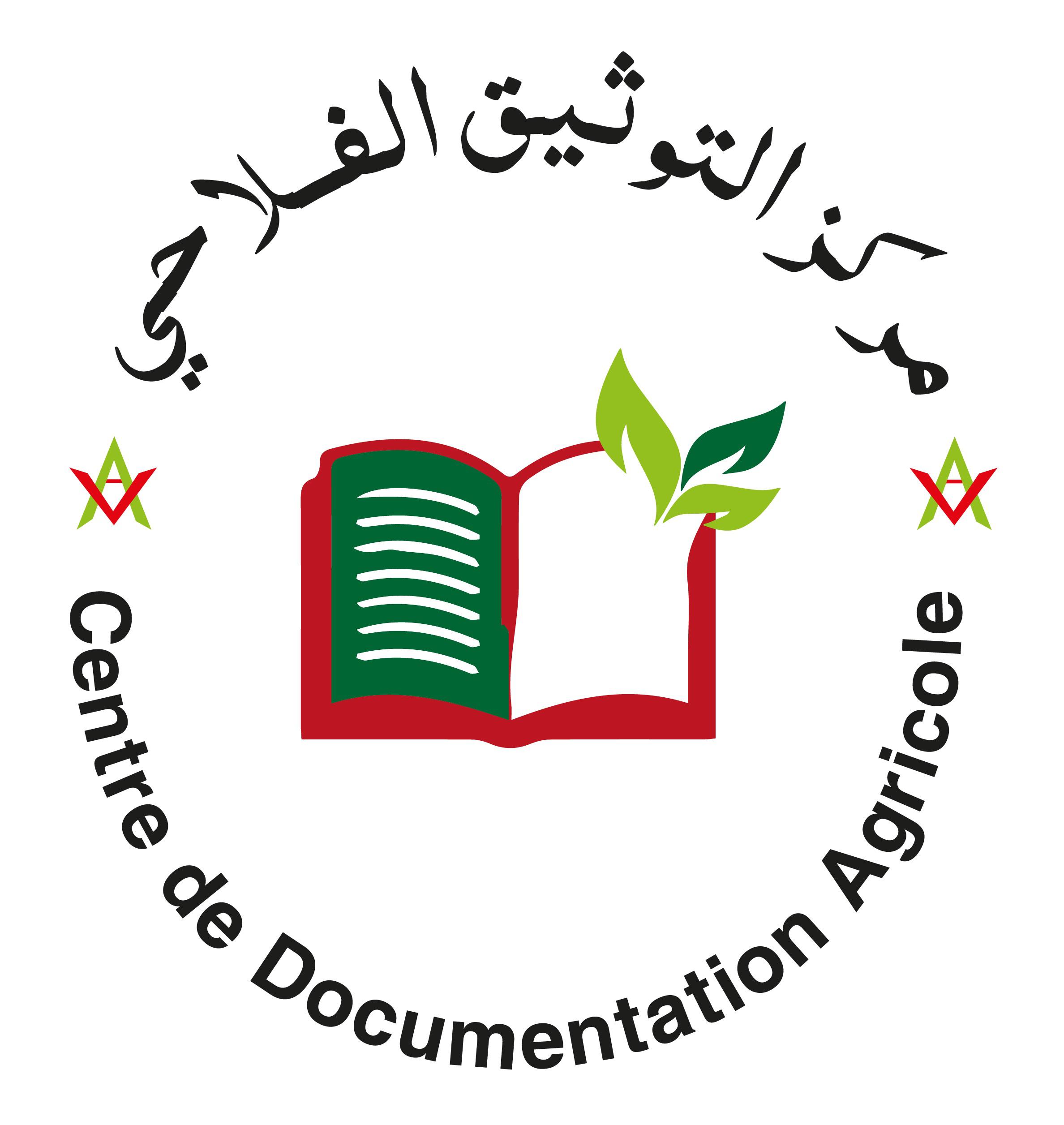|
Résumé :
|
Past and current knowledge about natural vegetation and land cover dynamics in the mountains of the Sahara is largely limited, although these regions provide habitats for diverse taxa and livelihood options for humans and are considered stepping stones between northern and central African ecosystems. This study will focus on the Aïr Mountains of northern Niger as largely pristine socio-ecological systems. The region is inhabited by Touareg people, nowadays practicing irrigated oasis agriculture combined with sheep and goat pastoralism on sparse pastureland. Population pressure, accompanied by increasing livestock stocking rates and recurring drought conditions, affect vegetation patterns and biomass production in the region. Moreover, telecoupled urban demands of sprawling West African cities has led to an expansion of irrigated agricultural land for cash-crop production. This has resulted in extensive land clearing and falling groundwater tables, potentially causing negative effects on pastures, wild plants, local varieties, and overall biodiversity. Through GIS-based mapping of agricultural land and natural vegetation based on Landsat images, this study aims at quantifying land cover changes from 2000 to 2022 in Timia, Mont Bagzam, and their surroundings. Normalized Difference Vegetation Index (NDVI) analyses were carried out to generate reclassified maps of three vegetation classes, no/low vegetation, medium vegetation, and high vegetation. This was matched with supervised Random Forest land use and land cover (LULC) classifications of agricultural land, natural vegetation, and bareland. The results have shown an increase in vegetation over the past 22 years, and with an accuracy between 82% and 85%, we found that agricultural land has increased enormously in depend on bareland. The study has also shown a strong positive correlation between precipitation data and high vegetation area as well as between livestock numbers and agricultural land area.
|



